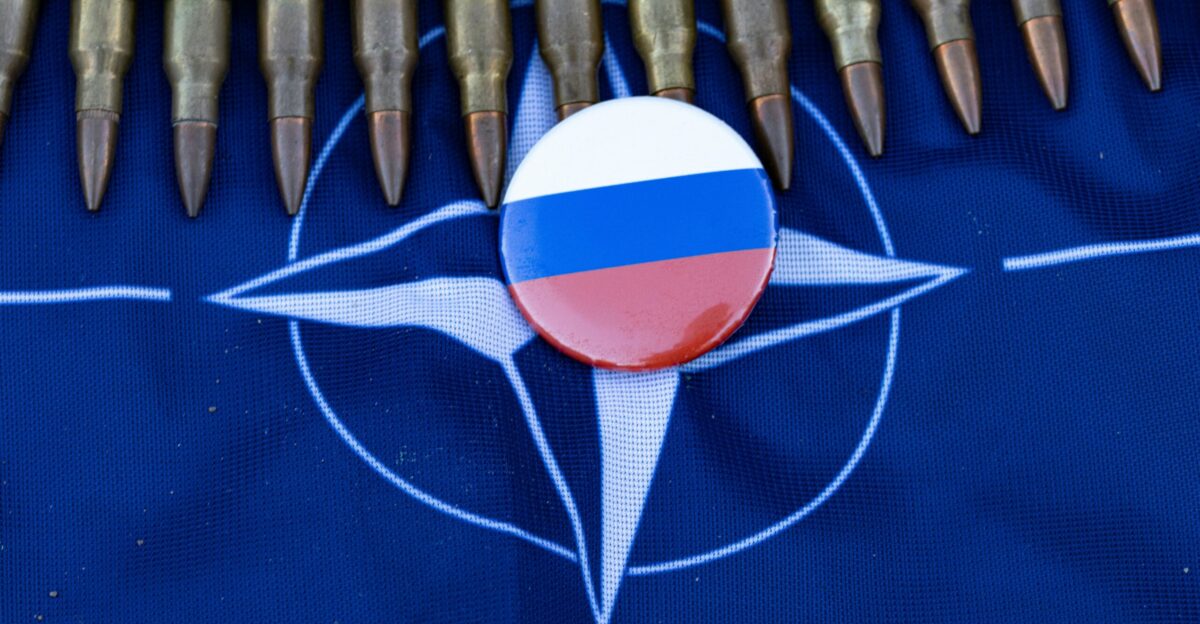
As Europe faces renewed tension, the spotlight falls on Russian President Vladimir Putin’s persistent warnings about NATO’s growing presence. This anxiety is not new—it is shaped by decades of security rivalry, historical trauma, and the rapid evolution of military technology. As NATO expands and modernizes, Moscow’s concerns have intensified, fueling a complex standoff that is reshaping the continent’s security landscape.
Expansion and Encirclement

NATO’s eastward expansion has been a central source of Russian unease. Since the end of the Cold War, the alliance has welcomed new members from Eastern Europe, bringing its borders ever closer to Russia. The process accelerated after 2014, with countries seeking protection in the wake of regional conflicts. While NATO insists that membership is voluntary and defensive, Russia interprets each new accession as a strategic threat, particularly after NATO’s involvement in Ukraine and Georgia. The fear of encirclement is deeply rooted in Russian strategic thinking, and every step closer by NATO is viewed in Moscow as a potential challenge to its sovereignty and influence.
Technological Race and Military Modernization

NATO’s technological superiority is evident in its advanced cyber defenses, surveillance systems, and precision-guided weaponry. These capabilities have strengthened the alliance’s deterrence posture, creating a significant imbalance in military power. In response, Russia has invested heavily in its own modernization efforts, developing hypersonic missiles and sophisticated electronic warfare tools. Both sides have increased defense spending, with NATO members committing to raise expenditures to 5% of GDP by 2035. This arms buildup has sparked concerns about a new arms race, as each seeks to maintain or regain strategic advantage.
Unity and Collective Defense
At the heart of NATO’s strategy is Article 5, which declares that an armed attack against one member shall be considered an attack against all. This principle of collective defense is a powerful deterrent, signaling unity and resolve. NATO Allies can take collective defence actions consistent with their rights under the UN Charter, and decisions to act are coordinated through the alliance. Despite occasional disagreements, NATO has demonstrated an ability to reach consensus on key security issues, presenting a united front against external challenges. The deployment of multinational battlegroups in Eastern Europe, particularly in Estonia, Latvia, and Poland, underscores this commitment and reassures member states facing direct threats from Russia.
Historical Memory and Strategic Parallels

Russia’s suspicion of Western military power is shaped by its history of devastating invasions. The campaigns of Napoleon in 1812 and Hitler’s Operation Barbarossa in 1941 left deep scars, with millions of casualties and lasting trauma. These experiences have informed Russia’s defensive posture, emphasizing vigilance and the need to guard against foreign threats. Today’s standoff between NATO and Russia echoes Cold War dynamics, with both sides entrenched in ideological and military competition. The current rivalry recalls the strategic tension of the 20th century, where mistrust and military buildup fueled decades of global uncertainty.
Economic Power and Cyber Frontiers

NATO’s economic strength is another decisive factor in the security equation. NATO members accounted for approximately 43% of global GDP, with defense spending exceeding $1 trillion, enabling sustained investment in technology and infrastructure. Russia’s economy, by contrast, is far smaller, making it difficult to match NATO’s military ambitions. By 2025, Russia’s defense spending represents a significant portion of its federal budget, straining resources and limiting investment in social programs. The rise of cyber threats has added a new dimension to the competition, with NATO prioritizing cyber defense and the protection of critical infrastructure. Specialized centers and protocols have been established to counter cyber warfare, reflecting the changing nature of conflict in the digital age.
Looking Ahead: Shifting Balance and Future Stakes
The balance of power in Europe remains uncertain as NATO continues to expand and modernize, while Russia adapts with new military technologies and strategic partnerships. Moscow has sought closer ties with China, India, and Iran to counterbalance NATO’s influence, signaling a shift in global alliances. Putin’s public statements reflect a longstanding fear of encirclement and a determination to resist what he perceives as Western expansionism. As both sides invest in advanced weaponry and cyber capabilities, the risk of escalation persists. The outcome of this competition will shape European security for years to come, with profound implications for stability, diplomacy, and the future of international relations.